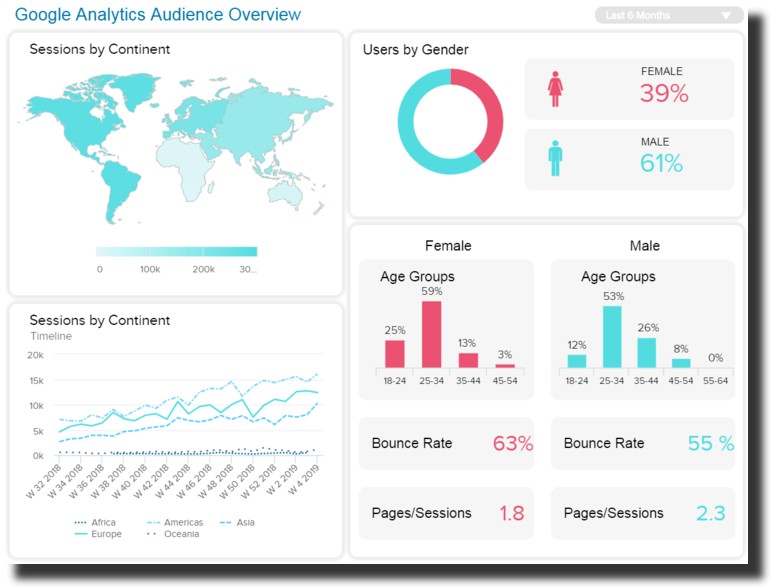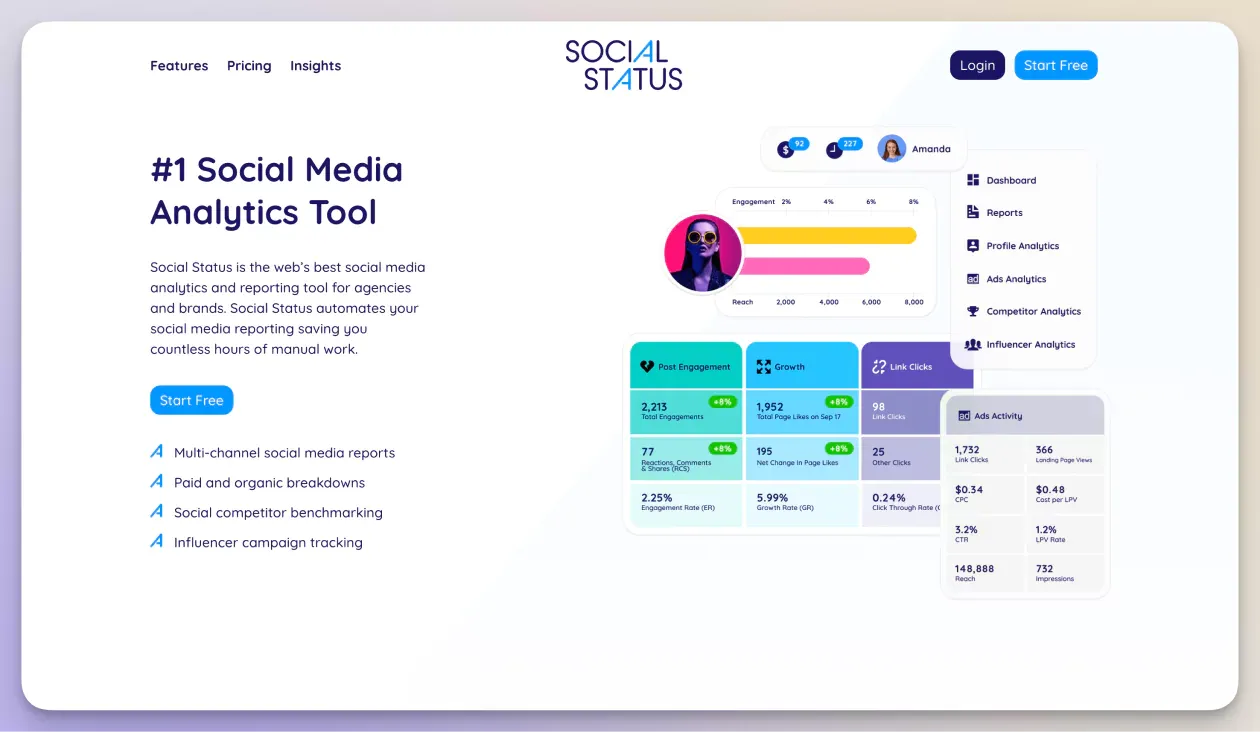Transform Information into Approaches with Cutting-Edge Analytics
Increase Effectiveness and Productivity Via Data Analytics
In today's data-driven landscape, organizations are increasingly identifying the critical role of data analytics in enhancing functional efficiency and earnings. By systematically examining data, companies can uncover essential insights that notify strategic decisions, simplify processes, and tailor client experiences.
Understanding Data Analytics
In today's data-driven landscape, comprehending information analytics is crucial for companies aiming to boost operational efficiency and drive earnings. Information analytics involves the systematic computational evaluation of information collections to uncover patterns, connections, and insights that notify decision-making. By using various techniques, such as statistical analysis, artificial intelligence, and predictive modeling, companies can change raw data into actionable intelligence.
The process normally starts with information collection, where relevant information is gathered from multiple sources, including transactional databases, client communications, and market patterns. This information is after that cleaned up and arranged to make sure precision and uniformity. When the data is prepared, analytical tools and software application are used to check out and picture the info, making it possible for stakeholders to recognize fads and abnormalities.
Eventually, understanding data analytics encourages companies to make educated decisions based on empirical proof instead than intuition. It helps with targeted techniques that can optimize source allowance, enhance consumer fulfillment, and improve overall efficiency. As services progressively recognize the worth of data-driven understandings, a solid grasp of information analytics ends up being an important competency for leaders and teams alike, positioning them for continual success in a competitive setting.

Secret Benefits for Services
Companies that utilize data analytics can open a multitude of benefits that significantly boost their procedures and success. Among the key benefits is improved decision-making. Data analytics gives actionable understandings originated from real-time data, permitting businesses to make educated selections that align with market demands and customer choices.

Additionally, data analytics fosters enhanced customer experiences. By understanding customer actions and choices, organizations can customize their offerings, bring about raised contentment and commitment. This tailored strategy usually causes greater conversion rates and repeat business.
Furthermore, information analytics makes it possible for companies to determine emerging chances and patterns. By staying in advance of the curve, organizations can maximize brand-new markets and advancements before their competitors.
Applying Data-Driven Methods
Successful implementation of data-driven approaches needs a thorough understanding of both organizational goals and available data sources. Organizations has to first specify their goals clearly, making certain positioning between information initiatives and strategic goals. This clarity makes it possible for teams to concentrate on appropriate metrics and understandings that drive decision-making.
High-grade data is necessary for accurate analysis, as poor information can lead to misdirected methods and wasted resources - Analytics. Organizations needs to develop procedures for information collection, cleansing, and management to maintain information honesty.
Additionally, promoting a data-driven society is crucial. Employees whatsoever degrees must be urged to leverage information in their daily operations. Training programs and workshops can enhance data literacy, equipping personnel to make educated decisions based on analytical insights.
Tools and Technologies Overview
A robust collection of innovations and tools is vital for companies aiming to harness the full potential of information analytics. These tools facilitate the collection, processing, and visualization of information, making it possible for services to derive actionable understandings.
At the foundational degree, data monitoring platforms such as SQL data sources and NoSQL systems provide reliable data storage space and access capacities. For data handling and evaluation, programming languages like Python and R, together with structures such as Apache Spark, allow intricate calculations and artificial intelligence applications.
Visualization tools, consisting of Tableau and Power BI, transform raw data right into user-friendly graphical layouts, making understandings accessible to stakeholders whatsoever degrees. Furthermore, cloud-based platforms like Google Cloud and AWS website link offer scalable storage space and handling options, accommodating the growing volumes of data companies come across.
For innovative analytics, anticipating modeling and AI-driven solutions are increasingly adopted, allowing business to anticipate fads and improve decision-making processes. Integrating these devices into existing operations is vital; companies that efficiently leverage this technology can substantially enhance functional performance and drive productivity. Hence, purchasing the right devices and modern technologies is a tactical necessary for any data-driven company.
Instance Research Studies of Success
Leveraging data analytics has led countless companies to achieve amazing enhancements in effectiveness and productivity. One notable case is a big retail chain that applied predictive analytics to maximize supply monitoring. By evaluating historical sales information and client patterns, the company minimized excess stock by you could try this out 30%, leading to substantial expense savings and improved capital.
One more example can be discovered in the manufacturing market, where a leading automotive maker used information analytics to improve its manufacturing processes. By keeping an eye on device efficiency in real-time, the organization identified inadequacies and traffic jams, resulting in a 20% rise in total tools efficiency (OEE) This not only enhanced production rates yet also lessened downtime and maintenance prices.

These situation researches highlight just how information analytics can drive tactical decision-making, optimize procedures, and ultimately enhance both efficiency reference and profitability across different industries.
Verdict
In final thought, the integration of information analytics into business operations offers significant possibilities for enhancing efficiency and earnings. By methodically assessing information, companies can identify ineffectiveness, enhance customer experiences, and make notified choices. The fostering of anticipating modeling and real-time surveillance additionally allows businesses to remain in advance of emerging fads and allocate sources properly. Ultimately, the critical implementation of data-driven techniques fosters continual affordable advantages and drives substantial renovations in operational efficiency and monetary results.
In today's data-driven landscape, understanding information analytics is necessary for organizations aiming to boost functional performance and drive productivity. Data analytics entails the systematic computational evaluation of data collections to reveal patterns, correlations, and understandings that educate decision-making. Information analytics provides workable understandings derived from real-time data, permitting organizations to make informed choices that line up with market demands and customer preferences.
High-grade data is necessary for exact evaluation, as bad information can lead to misdirected approaches and wasted resources. Organizations must establish procedures for data collection, cleaning, and monitoring to keep data honesty.